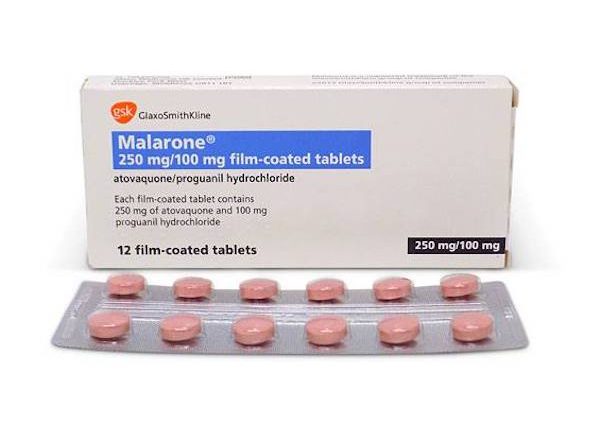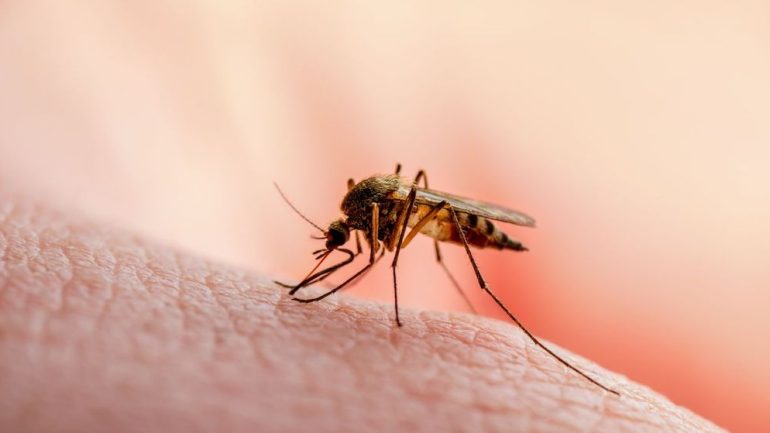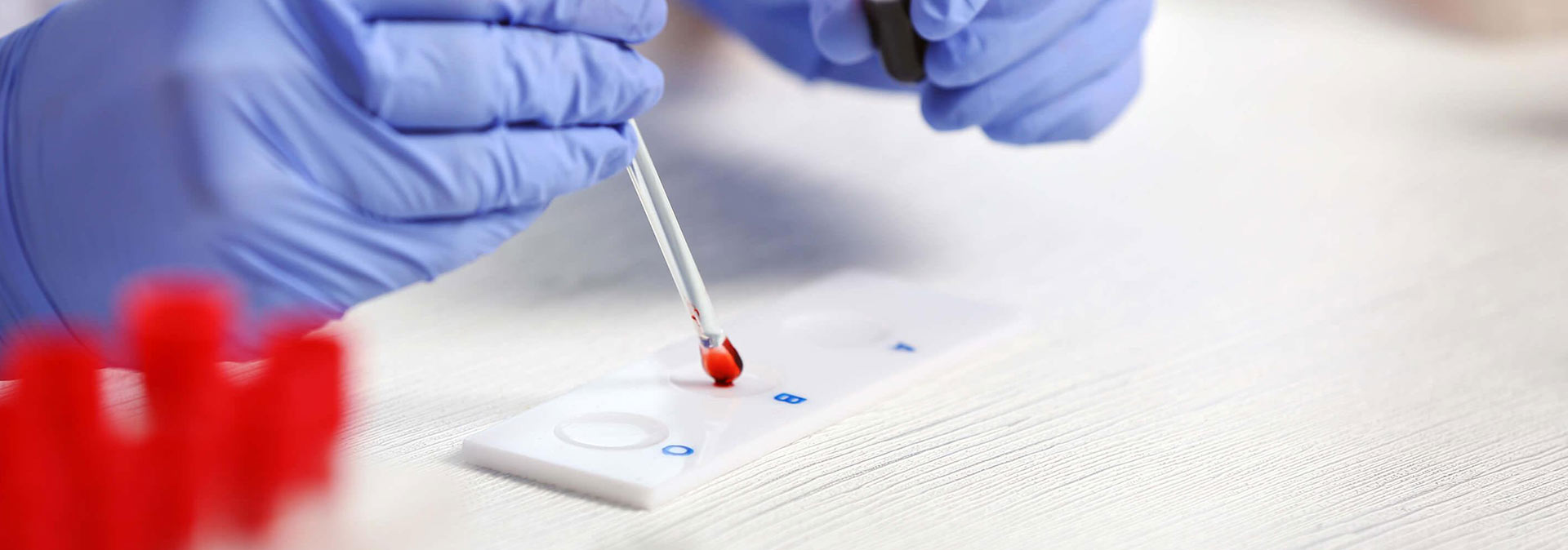Mount Kilimanjaro, with its majestic peaks and breathtaking landscapes, beckons adventurers from around the globe. However, beneath the allure of this natural wonder lies a potential health risk – malaria. As Tanzania, the gateway to Kilimanjaro, resides in a malaria zone, trekkers are exposed to the risk of contracting this mosquito-borne illness. In this guide, we explore the nuances of malaria prevention on Mount Kilimanjaro, shedding light on proactive measures and the significance of consulting with medical professionals.
Safeguarding Against Malaria on Mount Kilimanjaro: A Comprehensive Guide
Understanding Malaria in Tanzania
Tanzania, nestled in the heart of East Africa, is marked by its diverse ecosystems, including those conducive to malaria transmission. Malaria is a prevalent concern in this region, making it crucial for anyone planning a Kilimanjaro trek to be well-informed and prepared. The risk is particularly heightened in low-altitude areas like Moshi, where malaria-carrying mosquitoes thrive.
Timing Matters: Peaks and Valleys of Malaria Risk
 Contrary to common belief, the risk of malaria on Mount Kilimanjaro is not constant throughout the trek. Malaria-causing mosquitoes predominantly inhabit low-altitude regions, meaning that trekkers are less likely to encounter them at elevations exceeding 2,000 meters. This presents a nuanced risk profile – the greatest threat lies just before and after the climb, during stays in areas with lower altitudes.
Contrary to common belief, the risk of malaria on Mount Kilimanjaro is not constant throughout the trek. Malaria-causing mosquitoes predominantly inhabit low-altitude regions, meaning that trekkers are less likely to encounter them at elevations exceeding 2,000 meters. This presents a nuanced risk profile – the greatest threat lies just before and after the climb, during stays in areas with lower altitudes.
The Power of Antimalarial Drugs: A Shield Against Infection
The cornerstone of malaria prevention for Kilimanjaro trekkers is the judicious use of antimalarial drugs. While various options exist in the market, it is imperative to refrain from self-medication. Consulting with a qualified medical professional is the only reliable approach to determining the most suitable antimalarial regimen based on individual health considerations.
Empowering Trekkers: The Role of Doctor Consultation
Empowering trekkers involves fostering a proactive approach to health. Before embarking on the Kilimanjaro expedition, it is essential to engage in a detailed discussion with a healthcare provider. This consultation not only facilitates the selection of appropriate antimalarial drugs but also allows for a comprehensive health assessment, addressing any pre-existing conditions or concerns that may impact the choice of medication.
Mosquito Repellents: The Armor of Altitude
While antimalarial drugs form the backbone of preventive measures, additional safeguards enhance the overall defense against malaria. Mosquito repellents, particularly those with a DEET base, emerge as a vital component. Applying repellent to exposed skin, clothing, and bedding acts as an additional barrier, minimizing the risk of mosquito bites and subsequent infection.
Dressing for Defense: Long Trousers and Sleeves
The attire chosen for the Kilimanjaro trek becomes a strategic element in malaria prevention. Mosquitoes are known to be attracted to dark colors, making light-colored, long trousers, and long-sleeve shirts essential components of a trekker’s wardrobe. This dual-purpose attire not only safeguards against malaria-carrying mosquitoes but also provides protection from the elements at various altitudes.
A Holistic Approach: Combining Measures for Maximum Efficacy
 Malaria prevention on Mount Kilimanjaro is most effective when approached holistically. Combining antimalarial drugs, mosquito repellents, and appropriate clothing creates a multi-layered defense mechanism. This comprehensive strategy addresses the varying risks associated with different phases of the trek, offering trekkers a robust shield against malaria.
Malaria prevention on Mount Kilimanjaro is most effective when approached holistically. Combining antimalarial drugs, mosquito repellents, and appropriate clothing creates a multi-layered defense mechanism. This comprehensive strategy addresses the varying risks associated with different phases of the trek, offering trekkers a robust shield against malaria.
Environmental Responsibility: Navigating Malaria-Prone Zones
Beyond personal measures, responsible trekking involves awareness and respect for the local environment. Choosing accommodations that prioritize mosquito control, such as offering mosquito nets, contributes to a safer overall experience. Additionally, staying informed about the malaria risk in specific regions and adjusting preventive measures accordingly reflects an environmentally conscious approach to trekking.
Community Engagement: Education and Awareness
Empowering local communities with knowledge about malaria prevention is integral to the larger goal of sustainable tourism. Engaging in educational initiatives and supporting local healthcare efforts not only benefits the immediate community but also creates a ripple effect, fostering a healthier environment for trekkers and residents alike.
An Informed Ascent
A Kilimanjaro trek is a journey into the heart of nature, and with it comes a responsibility to prioritize health and well-being. Malaria prevention is not a one-size-fits-all endeavor; it requires a personalized and informed approach. Trekkers, armed with knowledge, medical consultation, and a commitment to responsible practices, can navigate the peaks and valleys of Mount Kilimanjaro with confidence, minimizing the risk of malaria and ensuring a safer and more enriching adventure.

